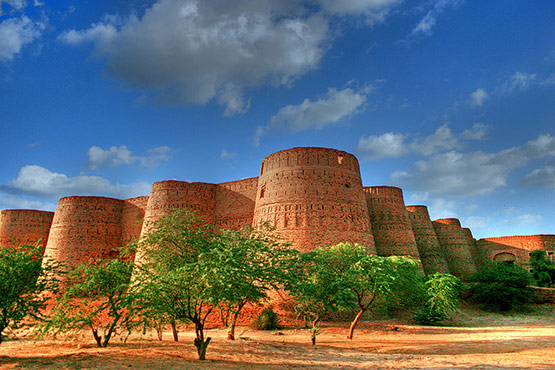- Cholistan is the largest of four major deserts of Pakistan. It is bordered on the south by the Thar desert in Sindh province and on the east by the Rajasthan desert in India. The Cholistan Desert covers about 26,000 km2, which corresponds to 26% of the 110,000 km2 of the country’s total desert area and 3% of its overall surface area.
- The average annual rainfall in the desert ranges from 100 to 200 mm. Consequently, freshwater availability is very limited. There are no perennial or ephemeral streams, and most of the groundwater is saline with a medium to high range of dissolved solids that make it generally unfit for drinking.
- The only source of freshwater for about 110,000 inhabitants and their approximately 2 million head of subsistence livestock is the occasional rainfall. Fortunately, the average annual potential of 300 million m3 for rainwater harvesting is more than sufficient to satisfy the combined water demand of the people and livestock.
- To make the best use of this potential the herders have found ponds known locally as tobas. These store runoff water for use during the dry periods. Harvested rainwater is also stored for household use in large circular or rectangular tanks called kunds.
- Kunds are concrete structures built to store rainwater for human consumption. There are about 200 kunds in the Cholistan desert. Generally, the stored water stays clean unless there are external contaminants. Analysis of water samples from several kunds showed that water was being polluted by human and livestock waste transported in runoff.
The section “Did You Know…?” is taken from the 3rd World Water Development Report “Water in a Changing World” and its Case Study Volume: Facing the Challenges where you can find out more information about the Cholistan Desert.
Source: http://www.unesco.org/


